
Oxygen sensors play a crucial role in your Buick LeSabre’s emissions system and fuel management. These sensors detect the levels of oxygen present in the exhaust, which is a primary component in maintaining the optimal air-fuel ratio.
A damaged or faulty oxygen sensor can have a significant impact on your car’s overall performance, making it essential to understand the warning signs and symptoms of a bad O2 sensor.

Some common signs of bad O2 sensors include poor engine performance, rough idle, reduced fuel economy, and an illuminated check engine light on your car’s dashboard.
What is an Oxygen Sensor, and What Does it Do?
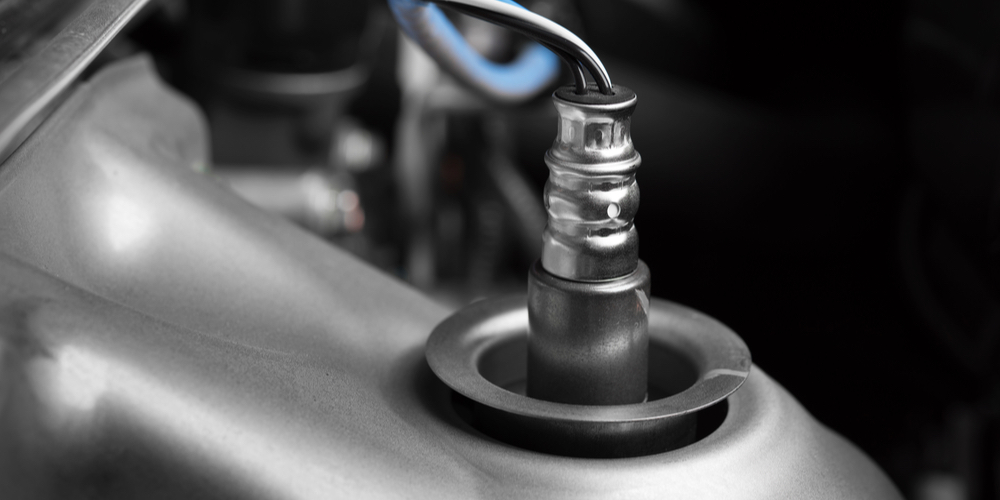
An oxygen sensor, commonly referred to as an O2 sensor, is a crucial component in your LeSabre’s exhaust system. It plays a vital role in monitoring the levels of oxygen present in the exhaust gases produced during the combustion process.
Oxygen sensors (measure gasses as they exit the engine), along with MAF or MAP sensors (measure gasses as they enter the engine), are the most critical sensors that your car’s PCM (powertrain control module) uses for engine performance.
Function of an Oxygen Sensor
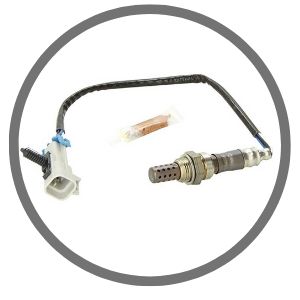
When the oxygen sensor detects that there is too much oxygen in the exhaust gases, it signals your Buick LeSabre’s PCM that the engine is running lean, meaning that more fuel should be added to the mixture.
Conversely, if the sensor detects that there is not enough oxygen in the exhaust gases, it indicates that the engine is running rich, and the ECM should reduce the amount of fuel being delivered.
By continuously monitoring the oxygen levels in your exhaust gases, the sensor ensures that the air-fuel mixture is maintained within a narrow range to optimize engine performance, reduce harmful emissions, and maintain good fuel economy.
Signs of a Bad Oxygen Sensor in the Buick LeSabre
Check Engine Light

The check engine light will almost always come on when one of your LeSabre’s oxygen sensors has gone bad.
You can utilize a code scanner to retrieve the codes that are stored; they’ll tell you which O2 sensor is to blame and what the issue is with it. We cover codes and what to do further down the page.
Poor Engine Performance
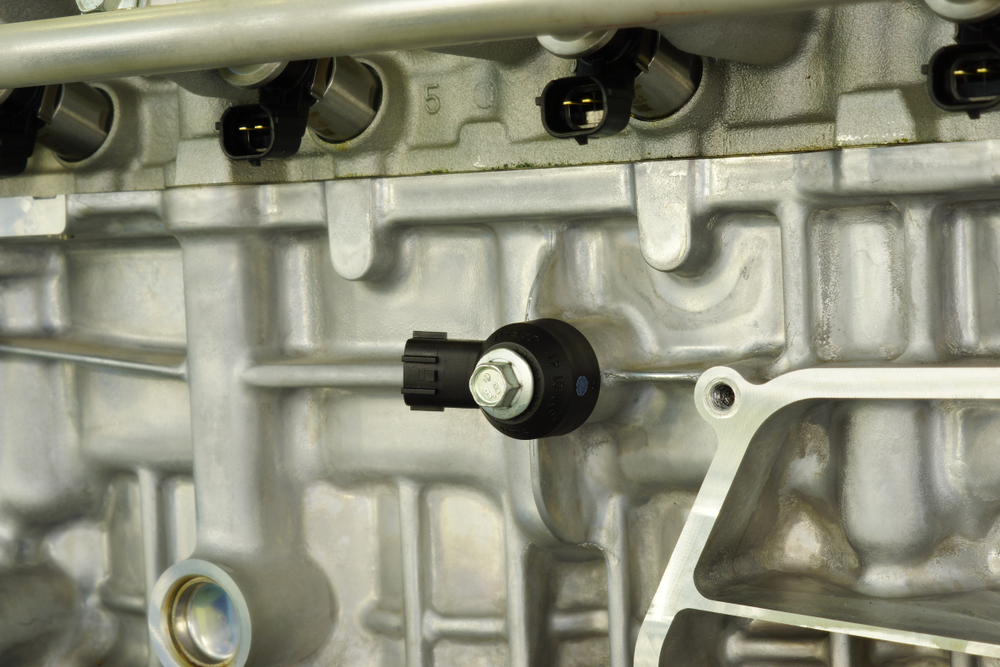
When your Buick LeSabre has an oxygen sensor that is bad or failing, you may notice that your car’ss engine performance suffers. Issues like rough idling, misfiring, and engine hesitation can occur, causing your LeSabre to feel underpowered.
Emission Problems (Failed Inspection)
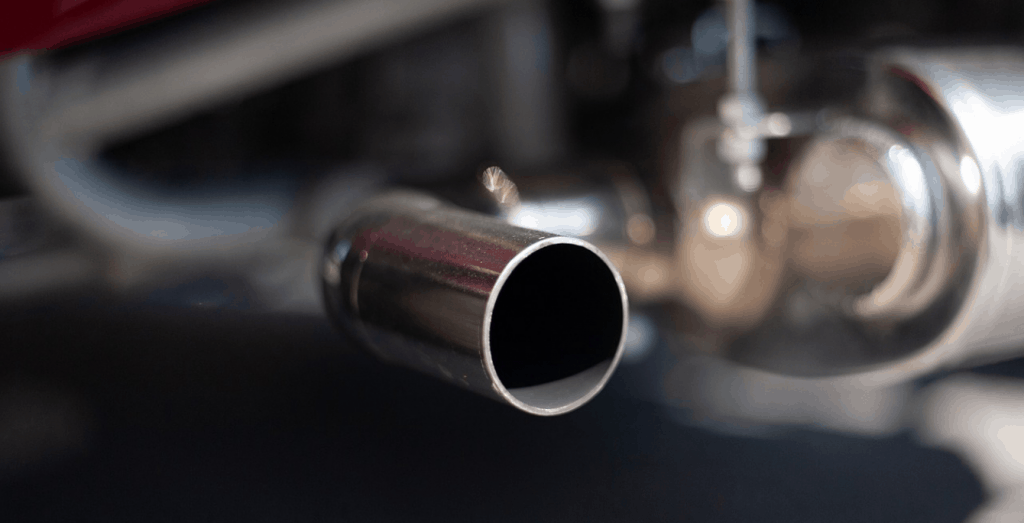
A faulty oxygen sensor can also lead to emission problems in your LeSabre. When the sensor isn’t working properly, your car’s exhaust fumes may appear black or have a strong smell of gasoline, due to the engine running too rich, leading to increased pollutant emissions.
Reduced Fuel Efficiency

When your Buick LeSabre’s oxygen sensor(s) are not working correctly, it can disrupt the optimal 14.7:1 air-fuel mixture, which can negatively impact your gas mileage.
Since the oxygen sensor plays a key role in maintaining the efficiency of the combustion process, a bad sensor can result in poor fuel economy. If you notice a significant drop in your vehicle’s fuel efficiency, it’s worth having your oxygen sensor checked.
Catalytic Converter Issues
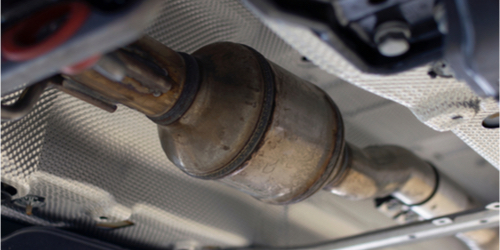
A failing oxygen sensor can also contribute to catalytic converter problems in your Buick LeSabre. If the oxygen sensor is unable to provide accurate information about the air-fuel mixture, it can lead to more unburned fuel entering the catalytic converter.
This can cause it to overheat, release a rotten egg smell, and eventually fail. Replacing a bad catalytic converter can be expensive, so it’s essential to address any potential oxygen sensor issues early on.
Types of Oxygen Sensor Malfunctions
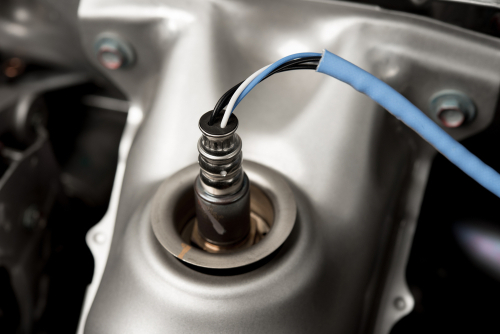
Oxygen sensors play a vital role in your LeSabre’s performance and emissions control. They help your engine’s computer adjust the air-to-fuel mixture for optimal efficiency.
There are two main types of oxygen sensors: downstream and upstream. The upstream oxygen sensor is more likely to cause a noticeable When either of these sensors malfunctions, it can lead to several symptoms and potential problems for your vehicle. Let’s explore each type of oxygen sensor failure in more detail.
Downstream O2 Sensor Failure
The downstream O2 sensor, also known as the post-catalytic converter sensor, monitors the efficiency of your vehicle’s catalytic converter. When this sensor fails, it may cause the following symptoms:
- Check Engine Light: Your check engine light will likely illuminate, indicating an issue with the emissions control system.
- Decreased Fuel Efficiency: A failing downstream O2 sensor can affect your vehicle’s fuel efficiency, resulting in lower gas mileage.
- Poor Emissions Performance: Your vehicle may fail emissions tests, as a bad downstream O2 sensor can reduce the effectiveness of the catalytic converter. Your LeSabre will likely throw P0420 or the P0430 code.
To diagnose a downstream O2 sensor failure, you can use an OBD2 scanner to check for diagnostic trouble codes related to the sensor.
Upstream O2 Sensor Failure
Your Buick LeSabre’s upstream O2 sensor(s), also known as the pre-catalytic converter sensor, measures the air-to-fuel ratio in your engine. This sensor helps your vehicle’s computer make adjustments to the fuel mixture for optimal performance. When the upstream O2 sensor fails, it can cause the following symptoms:
- Check Engine Light: Same as the downstream O2 sensor.
- Rough Idling & Stalling: A failing upstream O2 sensor can lead to rough idling, engine misfires, and stalling, as the engine’s computer cannot accurately adjust the air-to-fuel mixture.
- Decreased Performance: With a bad upstream O2 sensor, your vehicle may experience sluggish acceleration and reduced overall performance.
Diagnosing a Bad Oxygen Sensor

Check Engine Light Errors
When your oxygen sensor starts to fail, one of the first things you might notice is the Check Engine Light (CEL) illuminating on your LeSabre’s dashboard. This light is triggered by the Engine Control Unit (ECU) or, in some vehicles, the Powertrain Control Module (PCM), which monitors various engine components, including the oxygen sensor.
To identify the specific issue, use an OBD-II scanner to read the error codes from your vehicle’s ECU. These codes will help you determine if the oxygen sensor is the culprit. Common O2 sensor error codes include:
- P0130: O2 Sensor Circuit (Bank 1, Sensor 1)
- P0131: O2 Sensor Circuit Low Voltage (Bank 1, Sensor 1)
- P0132: O2 Sensor Circuit High Voltage (Bank 1, Sensor 1)
These are just some of the more common O2 sensor related codes in the Buick LeSabre, there could be several other error codes related to the O2 sensor as well. We have articles for most of them, but most of the top results on Google are solid at this point.
Physical Inspection
Aside from relying on error codes, you should also perform a physical inspection of the oxygen sensor. To do this, locate the sensor, which is typically mounted on the exhaust manifold or the exhaust pipe, depending on your LeSabre’s model year and engine type.
Before starting the inspection, ensure your LeSabre has cooled down to prevent burns. Look for signs of damage, such as:
- Corrosion or rust on the sensor or its wiring
- Loose or damaged wiring connections
- Cracked or broken sensor housing
- An exhaust leak (leaking exhaust
If you spot any of these issues, it’s a strong indication that your Buick LeSabre’s oxygen sensor is faulty or failing and should be replaced. However, if the sensor appears to be in good condition, you may want to seek professional help for further diagnosis.
